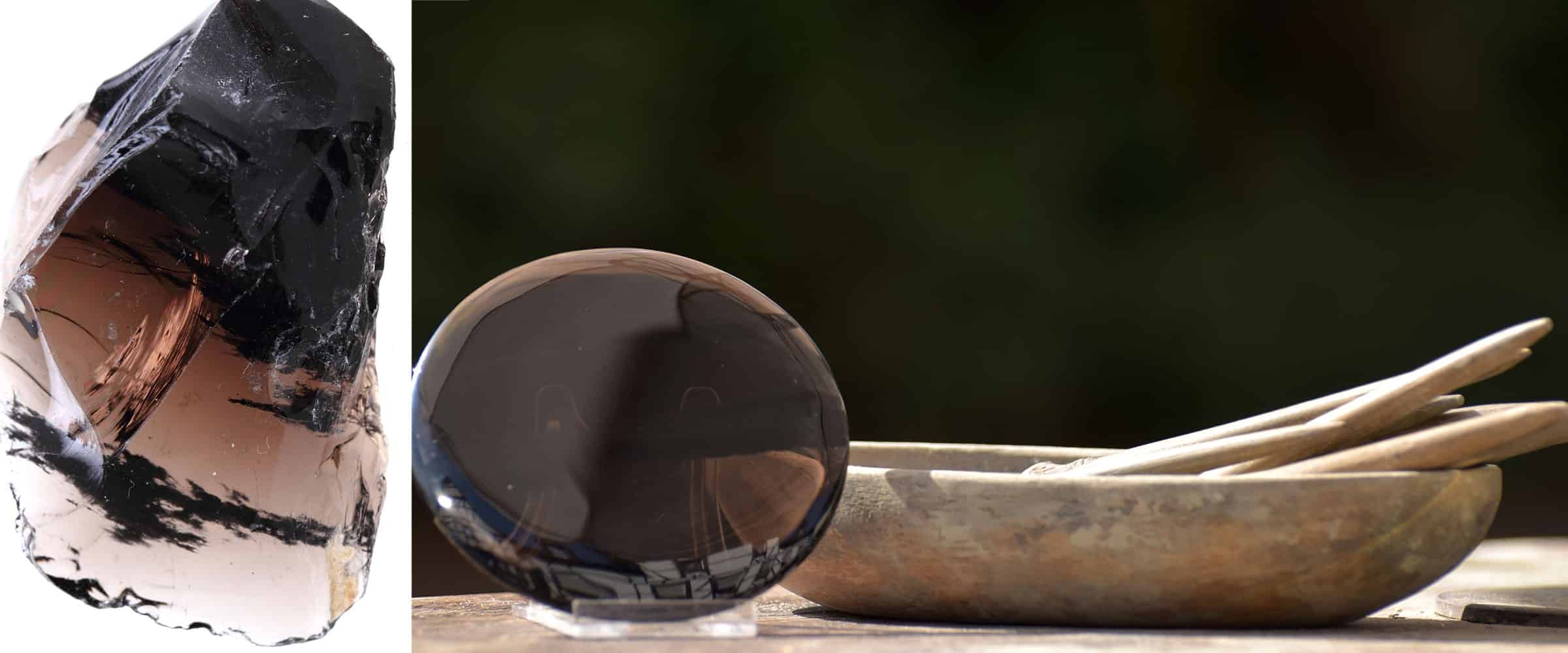
The History Of Glass
The Origins Of Glass Making
Natural glass has been around for a long time, and it can even occur naturally in nature, such as the glass made by volcanoes, which is called obsidian. Humans have used this type of glass for various purposes, including weapons and jewelry. Lightning strikes also create a type of glass called fulgurites, which are quite beautiful.
It is believed that the earliest known human-made glass objects were made by the Egyptians around 2500 B.C. The Egyptians initially designed non-transparent glass beads, which eventually led them to create glass pots. These pots were made by dipping molded and compacted sand into molten glass. The mold was turned to allow the sand to adhere to the molten glass, and then it was rolled on a stone slab while still soft and malleable.
Around the first century B.C., there was a significant leap forward in glassmaking when the Syrians introduced glass blowing. By using a long thin metal tube and inserting it into molten glass, they created the first blown glass objects. The tube was inserted into molten glass, and then artisans would blow into the tube, giving a hollow shape to the glass. Sometime after that, the ancient Romans began blowing glass inside of molds, which significantly increased the variety of forms for hollow glass items. Amazingly, these methods are still used by glassmakers today. At the same time, the Romans started to use glass for architectural purposes, although the windows were thick cast blocks and weren’t very clear. As the Roman Empire expanded, so did their skill in glassmaking.
In the Middle Ages, the Italian city of Venice became the leader in glass production. The Venetians experimented with different raw materials, such as crystal, to create a more transparent type of glass. The Italians did not want their craftsmen or technology to be duplicated, so they forced the glassmakers to work and reside on Murano Island, enabling the Venetians to ensure that no trade secrets were exported. The Venetians were also at the forefront of using glass to make trade beads, which were used as currency and are still valued today.
In 1674, clearer lead crystals were developed by an Englishman named George Ravenscroft. Ravenscroft was able to find an alternative to the highly prized Venetian crystal, which was composed of pure quartz sand and potash. By changing the ratio of lead oxide to potash, he produced a sparkling glass with high reflectivity. Because of the high lead count, this softer glass was well suited for deep cutting and engraving.
Another major development in glass production happened in France in the late 1600s. The French invented a new process for manufacturing plate glass. The molten glass was poured onto a unique table and rolled out flat. After cooling, the plate glass was ground on large round tables, utilizing rotating cast-iron discs. Fine abrasive sands were used to grind surface imperfections from the plate surface. Subsequently, the plates were polished using felt discs. The result was flat glass with superior optical qualities, which became an industry standard at the time. Known globally as French panes, this term is still used in the industry today to describe multiple small windows in a single frame. Besides being suitable architectural glass, these plates were also coated on one side with a reflective low melting point metal to create high-quality mirrors.
It wasn’t until the latter stages of the industrial revolution that mechanical technology led to glass mass production. Glass blowing machines, automated rollers, and tank furnaces all made their debut during this period. Simultaneously, scientific research was being conducted to figure out the relationship between glass composition and its inherent physical properties. Glass manufacturers were funding this research in a quest to improve and diversify their product offerings. In France, Edward Benedictus started strengthening glass through lamination, which involved a celluloid material layer sandwiched between two glass sheets. He patented this process in 1910 under the name “Triplex.”
The last significant advancement in flat glass mass production was the float process developed after the Second World War by Britain’s Pilkington Brothers Ltd. Introduced in 1959, it enabled manufacturers to combine the brilliant finish of sheet glass with plate glass’s optical properties. Molten glass is poured across a bath of molten tin. There it’s spread and flattened before being drawn into an annealing lehr oven, where it is cooled at varying rates. By changing the cooling temperatures, manufacturers can alter the strength of the glass. This is the primary method of glass production in use today.

